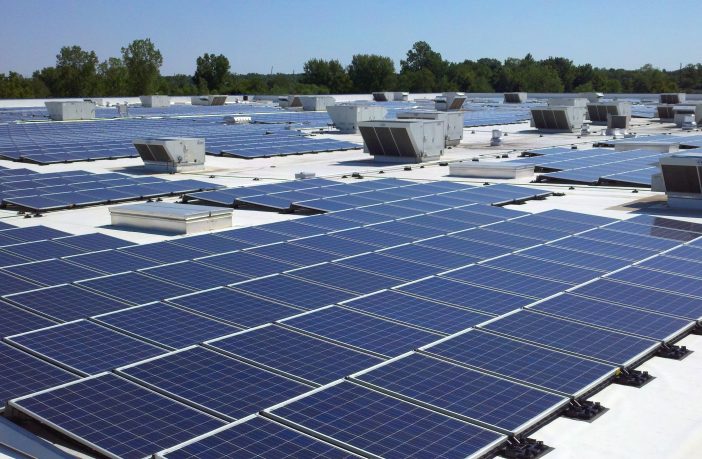- Owners of small commercial and embedded generation, such as roof-top solar power systems, now have clearer guidelines for connecting to the distribution grid.
- The newly completed standards and guidelines apply to commercial installations up to 1MW, as well as support the safe operation of DERs for consumers, installers, and grid operators.
- The standards also address the need for DERs to support grid reliability in case of events such as storms or accidents that cause unplanned outages.
The South African Bureau of Standards (SABS) has approved new standards developed by the Council for Scientific and Industrial Research (CSIR) and written with help from PEC Engineers, a subsidiary of POWER Engineers Incorporated (POWER) applicable for commercial solar PV installations of up to 1MW.
Embedded power generation installations, also known as distributed energy resources (DER), are a growing subject of discussion worldwide. The energy landscape is shifting from centralised power plants to decentralised generation, including residential and industrial generating sources.
When these systems are connected to the larger grid they can make it unstable, cause outages or pose safety risks to people. These systems previously weren’t regulated by a national standard in the country.
After stakeholders indicated a lack of clearly defined rules to follow for DER, South Africa’s CSIR called on POWER to help develop the standards and guidelines.The CSIR is an institution that undertakes research and technology innovation to improve the quality of life of South Africans. POWER also developed training materials and is assisting with training to ensure the dissemination of the new standards to the South African market.
Embedded generation to support grid reliability
The completed standards and guidelines apply to commercial installations up to 1MW, as well as support the safe operation of DERs for consumers, installers and grid operators.
The standards also address the need for DERs to support grid reliability in case of events such as storms or accidents that cause unplanned outages.
The final document includes a wiring code, utility interface and implementation guidelines that reflect global best practices.
The standard is titled: SANS 10142-1-2, The wiring of premises – Part 1-2: Additional special requirements for low voltage small scale embedded generator installations connected in parallel to the normal electrical supply.
POWER brings to the project extensive experience in DERs and in assessing existing standards, specifications and work practices, comparing those with industry standards and developing new and updated standards
Author: Babalwa Bungane
This article was originally published on ESI Africa and is republished with permission with minor editorial changes.
















2 Comments
This looks great – how do we assist you with spreading the message on GREEN Power &
How Can we get involved in Day to Day marketing of your concepts & systems
Blessings
As a member of the work group who contributed 56% of the document found flaws and concerns that would place users under risk and therefor the above Standard SANS 10142-1-2 has in fact been withdrawn from the SANS listing for not having complied with the process of evaluation and in fact it is flawed.